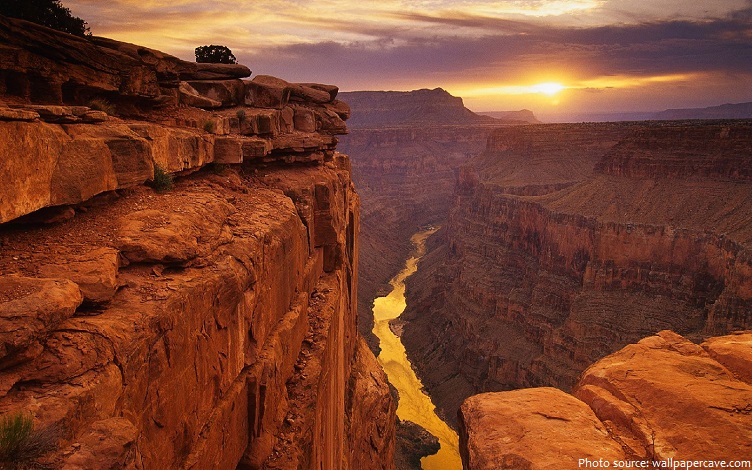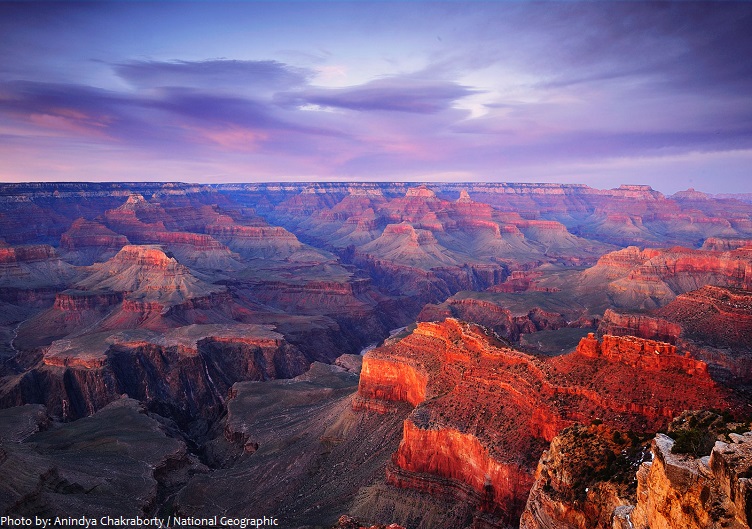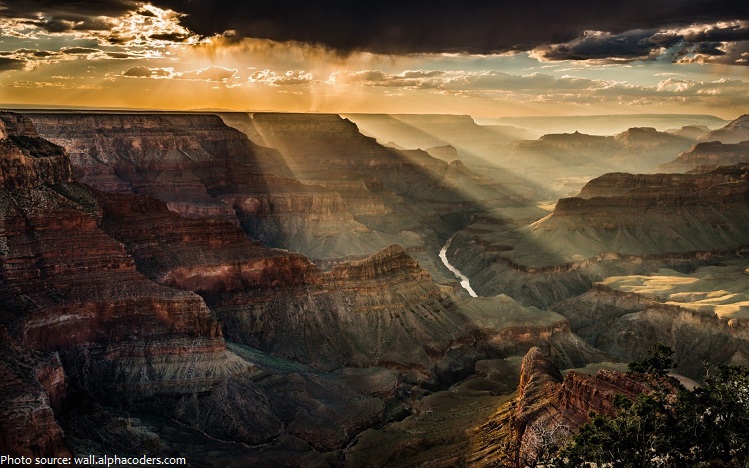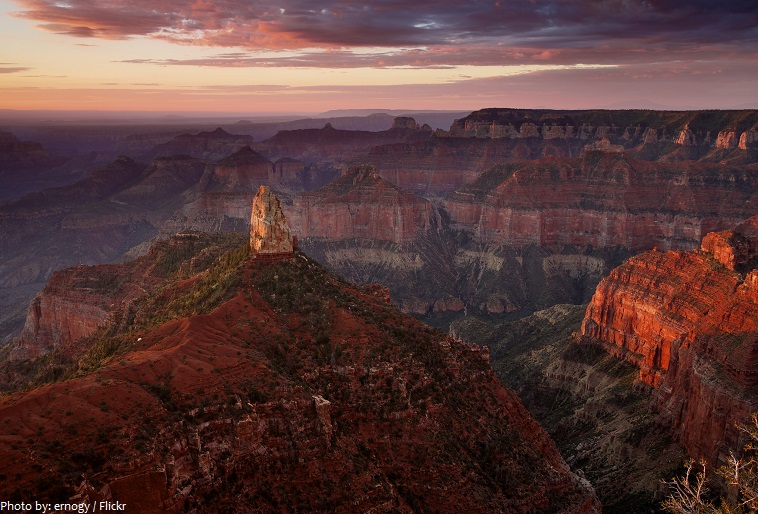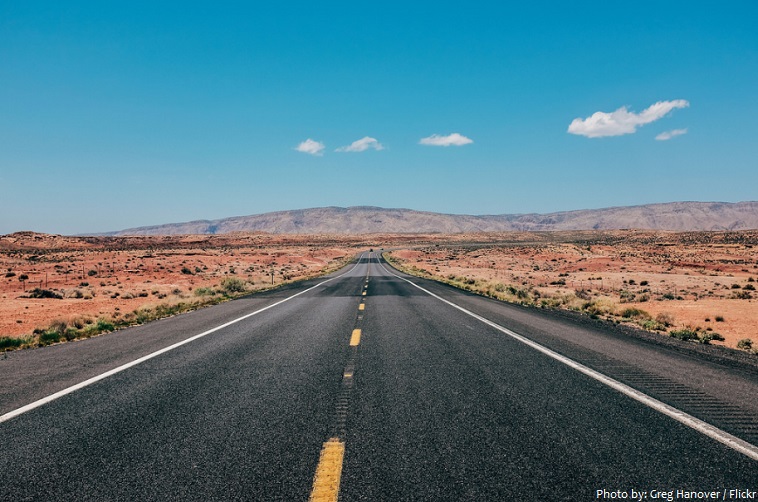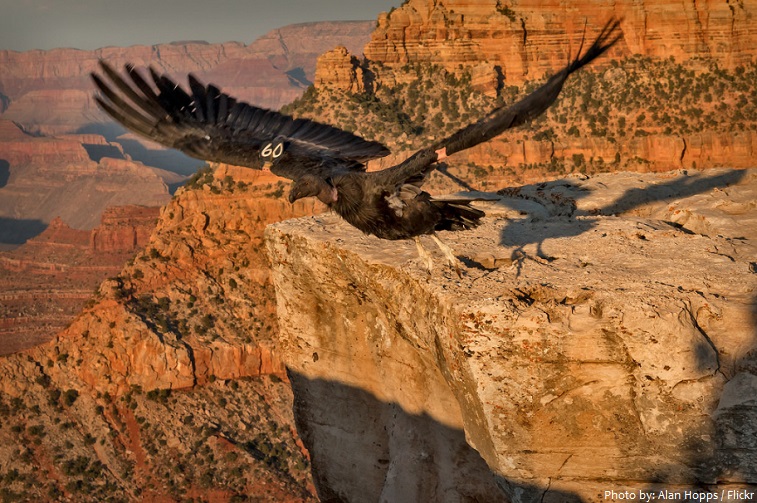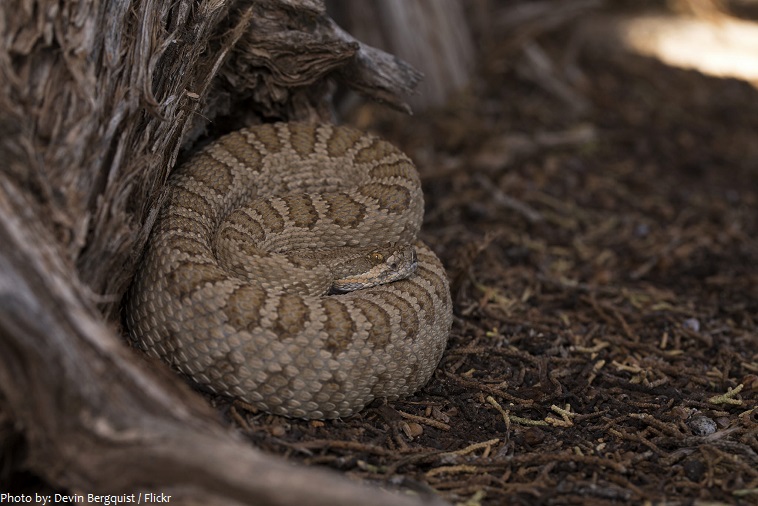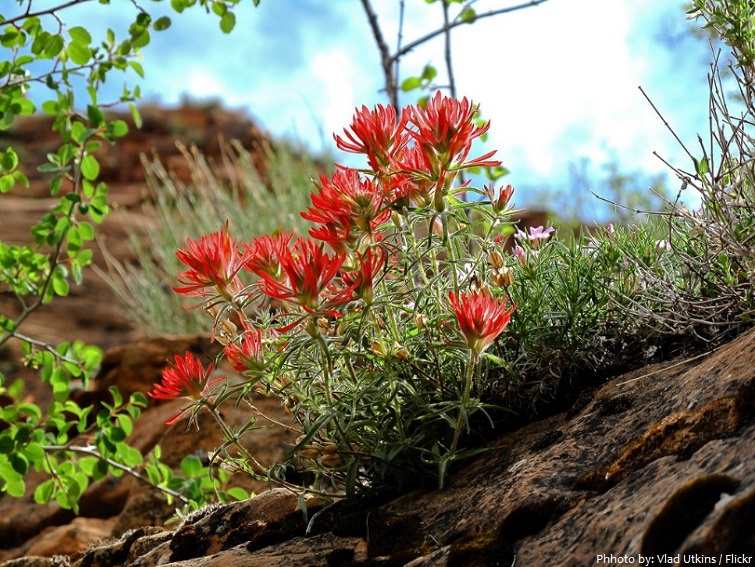Grand Canyon National Park is a United States National Park in northwestern Arizona.
The park’s central feature is the Grand Canyon, a gorge of the Colorado River, which is one of the Seven Natural Wonders of the World.
Grand Canyon National Park covers an area of 4,926 square kilometers (1,902 square miles) or 492,608 hectares (1,217,262 acres).
The land is semi-arid and consists of raised plateaus and structural basins typical of the southwestern United States. Drainage systems have cut deeply through the rock, forming numerous steep-walled canyons. Forests are found at higher elevations, while the lower elevations are made up of a series of desert basins.
Grand Canyon National Park is the 15th site in the United States to have been named a national park.
Grand Canyon National Park was named as an official national park in 1919, but the landmark had been well known to Americans for over thirty years prior.
In 1903, President Theodore Roosevelt visited the site and said: “The Grand Canyon fills me with awe. It is beyond comparison—beyond description; absolutely unparalleled throughout the wide world… Let this great wonder of nature remain as it now is. Do nothing to mar its grandeur, sublimity and loveliness. You cannot improve on it. But what you can do is to keep it for your children, your children’s children, and all who come after you, as the one great sight which every American should see.”
Well known for its geologic significance, the Grand Canyon is one of the most studied geologic landscapes in the world.
Nearly two billion years of Earth‘s geological history have been exposed as the Colorado River and its tributaries cut their channels through layer after layer of rock while the Colorado Plateau was uplifted.
The Grand Canyon is 446 kilometers (277 miles) long, up to 29 kilometers (18 miles) wide and attains a depth of 1,800 meters (5,905 feet).
The park headquarters are at Grand Canyon Village, not far from the south entrance to the park, near one of the most popular viewpoints.
The primary public areas of the park are the North and South Rims of the Grand Canyon itself. The rest of the park is extremely rugged and remote, although many places are accessible by pack trail and backcountry roads.
The hike across the canyon from South Rim to North Rim is 34 kilometers (21 miles). However, driving from the South Rim to the North Rim by automobile requires a five-hour drive of 354 kilometers (220 miles).
The North Rim is a smaller, more remote area with less tourist activity.
Point Imperial, the highest point in the grand canyon at 2,683 meters (8,803 feet), overlooks the Painted Desert and the eastern end of Grand Canyon.
Cape Royal provides a panorama up, down, and across the canyon. With seemingly unlimited vistas to the east and west, it is popular for both sunrise and sunset.
The South Rim is more accessible than the North Rim; most visitors (about 90 percent) to the park come to the South Rim.
Desert View Drive is a scenic route to the east of Grand Canyon Village on the South Rim which follows the rim for 41 kilometers (25 miles) out to the Desert View Watchtower and East Entrance.
Hermit Road is a scenic route along the west end of Grand Canyon Village on the South Rim which follows the rim for 11 kilometers (7 miles) out to Hermits Rest.
Walking tours include the Rim Trail, which runs west from the Pipe Creek viewpoint for about 8 miles (13 km) of paved road, followed by 11 kilometers (7 miles) unpaved to Hermit’s Rest.
Over 1,700 plant, 440 bird, 90 mammalian, 40 reptile, 8 amphibian, and 17 fish species are found in park.
Because of its wide variety of ecosystems, Grand Canyon National Park is home to an incredible diversity of bird life with nearly 450 species of birds. In 2014, the Grand Canyon was designated as a Globally Important Bird Area to recognize the important role the park plays in protecting hundreds of bird species. The condors were reintroduced to the Grand Canyon in 1996.
Over 90 species of mammals call Grand Canyon National Park home, giving this park higher mammalian species diversity than Yellowstone. From the largest land animal in North America (bison) to some of the highest bat species diversity in the United States, Grand Canyon is home to a far larger mammalian population than many people think. Most visitors to the park see mule deer, elk, and squirrels, but many of Grand Canyon’s mammals are secretive or nocturnal and move around unnoticed.
The Grand Canyon is home to 41 species of reptiles: 22 snake species including 6 species of rattlesnakes; 18 lizard species including Gila monster – the only venomous lizard native to the United States; and 1 tortoise species.
Like most places on Earth, Grand Canyon National Park has far more species of invertebrates than any other animal group. The park is home to 292 species of butterflies and moths, and 179 species of beetles. One of the most venomous animals in the park, the bark scorpion is a small animal that only grows to 6.4 centimeters (2.5 inches) long. The largest spiders in the world, tarantulas are predators that call the Grand Canyon home, feeding on insects, small lizards, and small rodents.
There are approximately 1,737 known species of vascular plants, 167 species of fungi, 64 species of moss and 195 species of lichen found in Grand Canyon National Park.
Grand Canyon National Park has some of the cleanest air in the United States.
Grand Canyon National Park area is populated by five Indian tribes: The Hopi, Navajo, Havasupai, Paiute and Hualapai.
Nearly six million people visit this national park every year. This makes Grand Canyon National Park the second most visited park in the U.S. after the Great Smoky Mountains national park.
Private canyon flyovers are provided by helicopters and small airplanes out of Las Vegas, Phoenix, and the Grand Canyon National Park Airport.
In 1979, UNESCO declared the park a World Heritage Site.
In 2010, Grand Canyon National Park was honored with its own coin under the America the Beautiful Quarters program.
